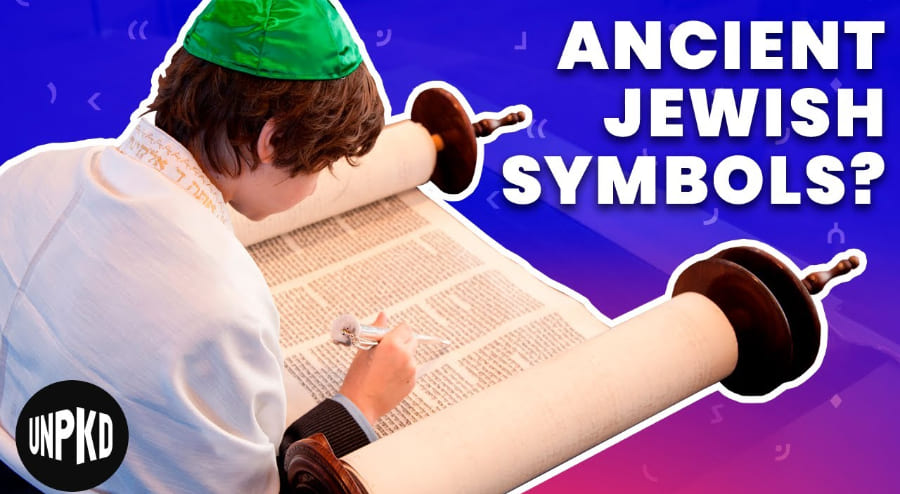- Jewish Symbols of Good Luck We Grew Up With
- What is a Symbol of Good Luck?
- Hamsa: The hand That has always Cared for you
- The mezuzah: The silent Guardian of the door
- The blue eye: Not everything that shines is just superstition
- The red thread: The bracelet that connects with the invisible
- The Shema: The prayer that embraces
- Garlic: Beyond hummus and Sephardic cuisine
- Salt: The simplest, but most powerful ingredient
- What number symbolizes good luck in Jewish religion?
- Closing with a heart
Jewish Symbols of Good Luck We Grew Up With
As children, many of us grew up surrounded by mysterious objects in grandma’s house. There was a hand hanging on the wall, a little blue eye in the mirror, and a rolled-up scroll on the door. Have you ever wondered what they were? They were not mere decorations, but authentic Jewish symbols of good luck, loaded with meaning and stories.
It doesn’t matter where our grandmother came from, whether it was Savta, Nana or Bubby. They all taught us about superstitions and beliefs. We talk about good luck charms that protect against evil (עין הרע). These beliefs have been with humanity and our nation for centuries.
In the Jewish tradition, we believe that within each person there are two voices. One encourages you to do good (yetzer tov). The other tempts you to do evil (yetzer hara).
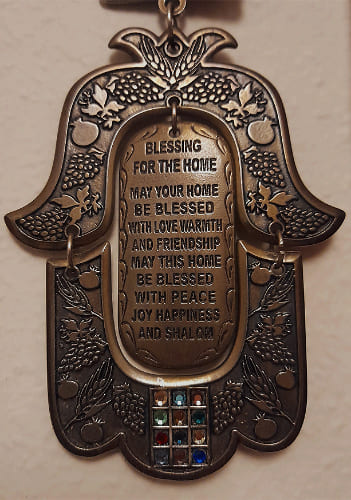
What is a Symbol of Good Luck?
A symbol of good luck is like a small shield that, according to tradition, protects, blesses and accompanies. In Judaism, these symbols not only “attract luck” as a superstition. They also represent a deep connection to faith, identity and family heritage.
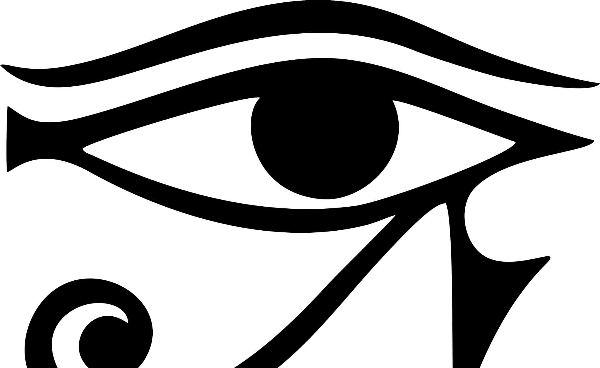
Although my list is short, I’ll share with you some beloved charms from the Jewish world – a little good luck always helps!
Hamsa: The hand That has always Cared for you
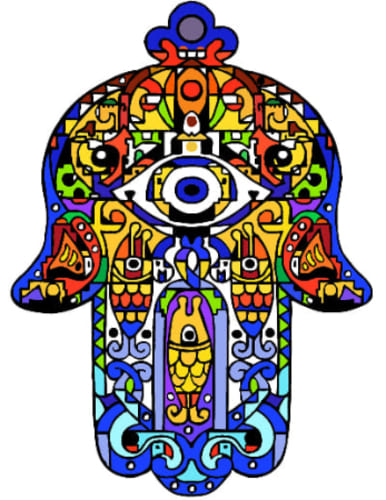
One of the best known is the Hamsa , also called the Hand of Miriam. In many Jewish homes, this symbol of good luck, the hand, hangs proudly. You can place it in the entryway or over the bed, with its five fingers spread wide.
People see the Hamsa (חמסה) as a protection against the evil eye. It usually has a little blue eye in the center. This connects it to another powerful symbol that we will see later.
And what is so special about this little hand? For many, it is as if an invisible mother figure is telling us: “Don’t worry, everything will be fine”.
Personal confession: in my house there is a Hamsa inherited from my great-grandmother, brought from Morocco. Sometimes, when I feel that everything is going uphill, I look at it and it comforts me more than a tea with honey.
The mezuzah: The silent Guardian of the door
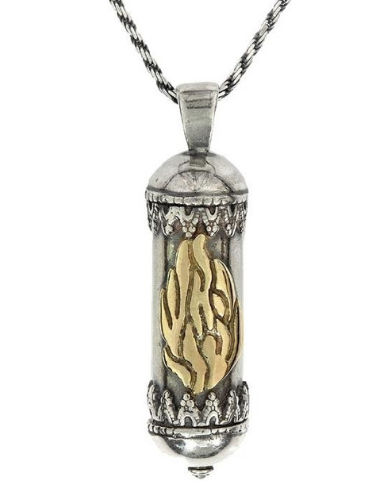
Is there a Jewish symbol of good luck on the door? If you come from a Jewish family, probably yes, the mezuzah (מזוזה).
It is a small case. It contains a scroll with verses from the Shema Israel. You place it leaning in the right frame of every room. This act is not only a religious commandment, but also a daily blessing ritual. When you touch it while entering or leaving the house, you convey, “I am protected.” I protect my home.The mezuzah protects the home.
It is also a clear sign of faith. It invites the divine presence at every entrance and exit. People often link it to good luck, especially when they get it as a gift.
Many of these amulets appear in popular culture, including several Israeli television series where they symbolise protection or identity.
The blue eye: Not everything that shines is just superstition
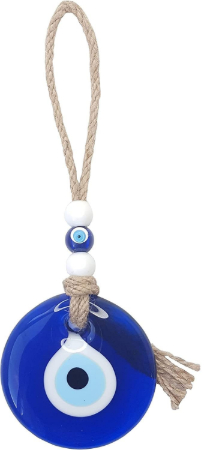
The blue eye (עין כחולה), also known as the “nazar,” is a classic. Although it has Mediterranean origins, many Jewish communities embraced it as a strong protective symbol.
Its main function is to “stop” the evil eye, absorbing envy and bad energies. People frequently see it in the form of a keychain, pendant, or even as an emoji in WhatsApp messages.
Yes, the famous blue eye is a modern and portable Jewish symbol of good luck emoji.
The red thread: The bracelet that connects with the invisible
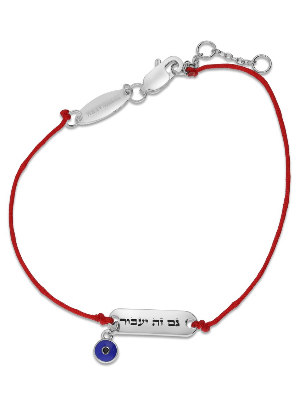
Have you seen anyone wearing a little red bracelet (חוט אדום)on the left wrist? It’s probably a kabbalistic protection cord, linked to the tomb of Rachel (רחל) in Israel.
Also, since it is worn on the wrist yes, on the hand many see it as a Jewish symbol of good luck hand. It is a simple and powerful way to attract good and ward off bad vibes with a daily gesture.
In modern times, it can show silent faith or remind us to think positively.
The Shema: The prayer that embraces
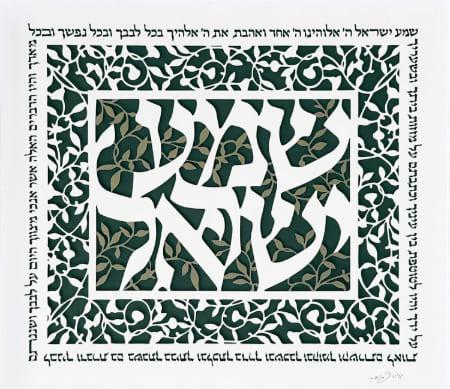
Sometimes, good luck is not in the material, but in what we repeat every day. The Shema Israel ( שמע) is a strong prayer in Judaism. For many, saying it provides a sense of protection.
Many wear it written on pendants or pictures, as an invisible spiritual shield. Some versions even include micro-prints inside jewelry or amulets.
Garlic: Beyond hummus and Sephardic cuisine
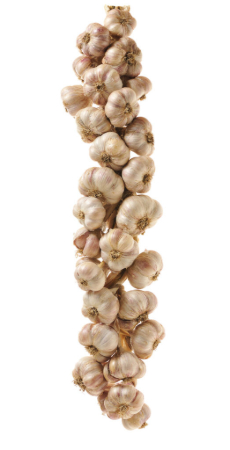
In Jewish homes of Sephardic origin, hanging a braid of garlic (שום) on the door or in the kitchen is not just a culinary custom.
Garlic has long been a Jewish symbol of good luck. People know garlic for keeping away bad things, like sickness and negative energy. In ancient times, people thought garlic protected pregnant women. People also thought it could guard against the evil eye and envy.
Salt: The simplest, but most powerful ingredient
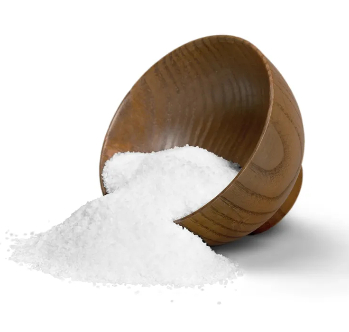
Salt is another element that in Jewish tradition is considered to bring blessing and luck.
In the Shabbat ceremony, for example, participants dip bread in salt (מלח) as a symbol of covenant and purification. But it was also customary to sprinkle salt in the corners of the home to ward off bad energies.
What number symbolizes good luck in Jewish religion?
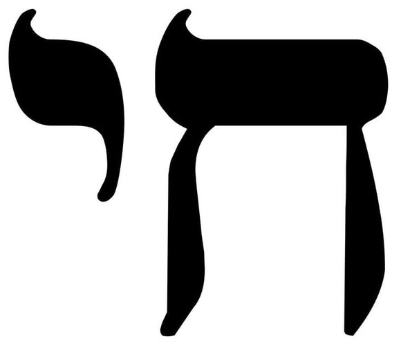
Without a doubt, the number 18. Why? Because in Hebrew, the letters of the word “chai” (life) add up to 18. It is also common to give gifts in multiples of 18, such as 18, 36 or 54.
This act is a silent wish for a long, prosperous and blessed life. So if you’ve ever received $18 or 180 shekels as a gift, make no mistake; they are wishing you life!
Interestingly, some of these symbols are linked to mystical regions such as the Israeli deserts, a source of legend and spiritual energy.
Closing with a heart
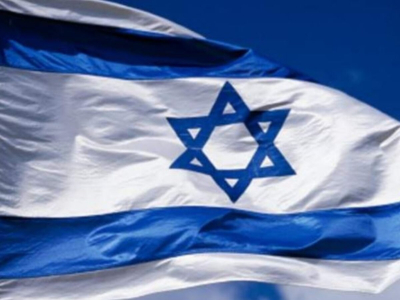
Jewish symbols of good luck are not just objects. They are like whispers from our roots that tell us: “you are not alone”. Each one represents a story, a hope, a link with the divine.

